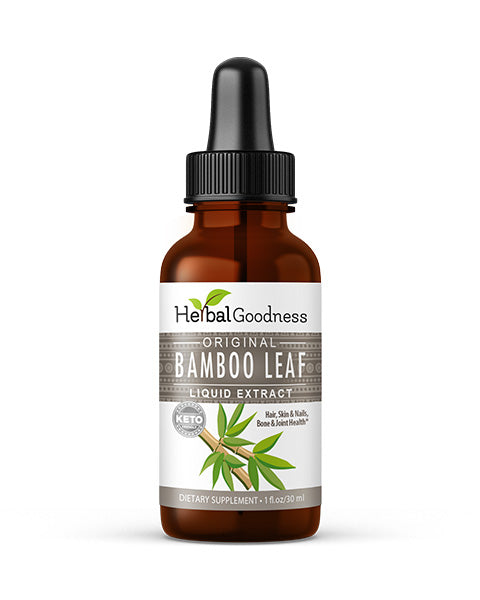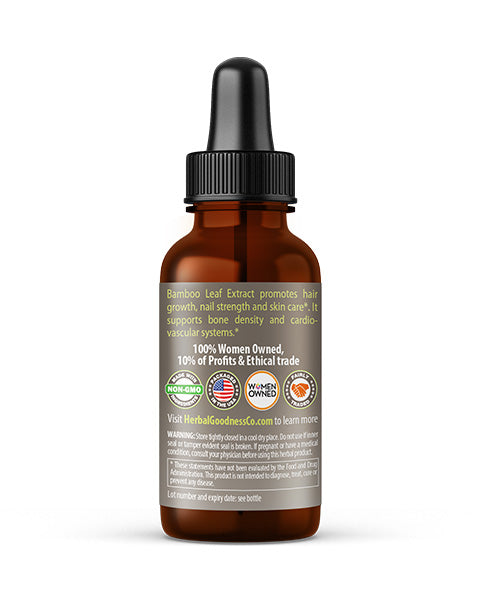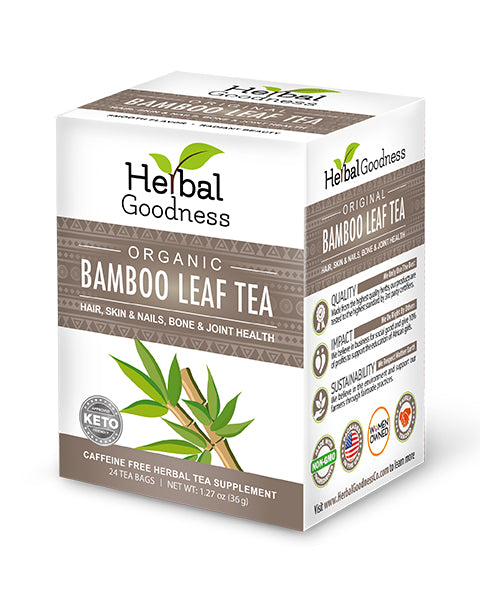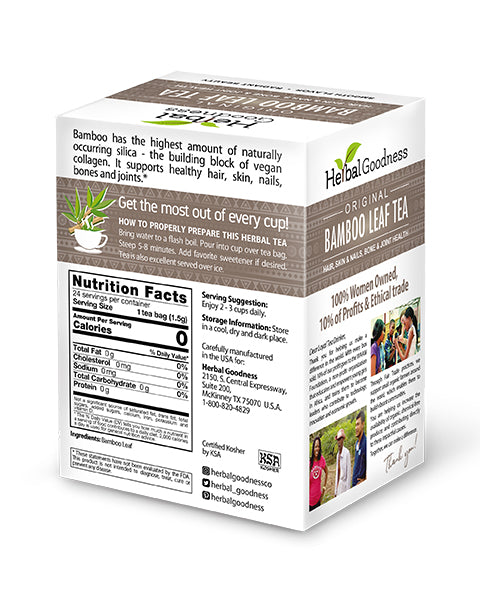What Our Poop Reveals About Digestive & Gut Health | Herbal Goodness
Time to let the cat out of the bag people.
Let’s talk poop.
We know, it’s not the most glamorous subject under the sun, but poop matters are a. Pretty. Big. Deal. We don’t mean this in a literal sense, although that may apply from time to time.
Thing is, our stool can serve as a great snapshot of our overall digestive tract health, letting us know if things are okey-dokey or out of whack.
It doesn’t require investment in a microscope to check the status of your gut health every time you visit the little girl’s room.
There are several revealing signs in your stool that can tell a lot about your digestive and gastrointestinal health. Most of them revolve around three things in particular: color, consistency, and smell.
Let’s take a look at each.
Color of your Poop
Stool color is a reflection of the speed at which the stool traveled through the digestive system. It also reveals what foods were consumed and the nutrients absorbed.
Here is what the various stool color says about your gut health:
- Yellow Stool
Yellow poop usually signifies the lack of fat absorption from the stool. It can be a sign of a medical condition that warrants professional attention if it persists.
- Black Stool
Black stool usually indicates a presence of excess dried blood in the stool. Obviously, it is not a good sign, so if it prolongs, consult your doctor sooner rather than later.
- Green Stool
Stool that is green in color means the food moved through the intestines too fast that it did not fully undergo the process of turning brown (a little about brown shortly).
- Red Stool
If you encounter bright red stool, this is sign of bleeding in the lower intestine. Hemorrhoids are a major cause of rectal bleeding, and hemorrhoids themselves can be triggered by a host of factors.
For example, sitting for prolonged periods on the toilet, straining when passing stool, chronic diarrhea or constipation, low-fiber diet, pregnancy etc.
However, blood in the stool or tissue paper can also indicate another underlying issue. Gastritis (inflammation of the stomach lining) is a common one.
Gastritis can be as a result of several factors. These include consuming spicy food, alcohol, infection caused by bacteria such as H. pylori, stress is a notable factor as well, and so on.
- Blue Stool
Stool can be blue too. This is usually not the sign of an underlying medical condition but rather, an indicator of what you have consumed.
You are likely to get blue stool if you consume some form of edible dye as you are likely to find in say, baked goods or icing sugar, popsicle sticks etc.
- White or Clay-Colored Stool
Likely to occur when the liver is not passing enough bile salts into the stool as it passes through the intestines.
This is usually a symptom of a more serious medical issue.
- Light or Dark-Brown Stool
And now to the brown stool.
Normal poop should have a light to dark-brown tinge. Yes, just like a healthy bar of milk chocolate J.
Stool Shape and Consistency
In addition to color, the shape and consistency of stool can also shed light into the health of your digestive and gut health.
This is mainly based on a 7-point scale that was developed by two scientists from the University of Bristol in 1998.
It is called the Bristol Stool Chart, and here is what it says about your GI health.
Type 1: Hard Poop (Pebble Poop)
This is poop passed in separate hard lumps that resemble pebbles. It is hard to pass and usually means the poop has sat in the colon (large intestine) for longer than necessary.
A sign of high constipation.
Type 2: Firm Poop (Lumpy, Sausage-Shaped)
Although connected together, this type of stool is still rather lumpy and is a sign of slight constipation.
It means the poop sat in the colon for some time but not to the point of breaking apart into small pieces.
Type 3: Cracked Stool
Stool that assumes an even round sausage shape with cracks on the surface is often indicative of constipation caused by diet or lifestyle (organic constipation).
It is reflective of a sedentary lifestyle or poor diet and can be strenuous in passing, although not painful.
This is normal.
Type 4: Healthy Stool
Healthy poop has about the diameter of a banana and tends to be snake-shaped.
It has a smooth consistency (almost like soft-serve ice cream) and remains intact when flushed, meaning it had the necessary nutrients and water when passed.
This is normal.
Type 5: Soft Blob Stool
This type of stool is passed in soft form with defined edges.
The slightly loose stool is usually experienced after major meals of the day and common in individuals who have bowel movements twice or thrice a day.
Might need an increase of fiber in the diet.
Type 6: Mushy Stool
As the name suggests, this type of poop boasts a mushy consistency with ragged edges and is an early sign of diarrhea.
It means the stool has passed through the large intestines quickly due to reasons such as a sudden increase in the level of activity, change in diet or stress.
It indicates inflammation.
Type 7: Liquid Stool
Diarrhea at its most advanced stage.
This occurs when the small intestine is irritated, compelling the liquid present in here to flush out of the digestive system without proper processing.
The large intestine can absorb the liquid, but most of it gathers in the rectum leading to an uncontrollable outburst.
A sign of inflammation.
Smell of Stool
Poop can be mild in smell or send you scrambling for the matches after passing number two.
Really stinky poop is often caused by a high protein diet.
Consuming a lot of protein slows the time between gut to bowl. The longer things take to move, the smellier they will be.
So, what is the recommended dose of protein? Well, this depends on several factors, among them, your age, your weight, and how active you are.
Lastly, if you feel pain when going about your business, it could be due to constipation or diarrhea. If this occurs on a regular, you could be suffering from irritable bowel syndrome (IBS), a condition more common than we care to think.
Related article - Health Begins at Elimination | Herbal Goodness\













